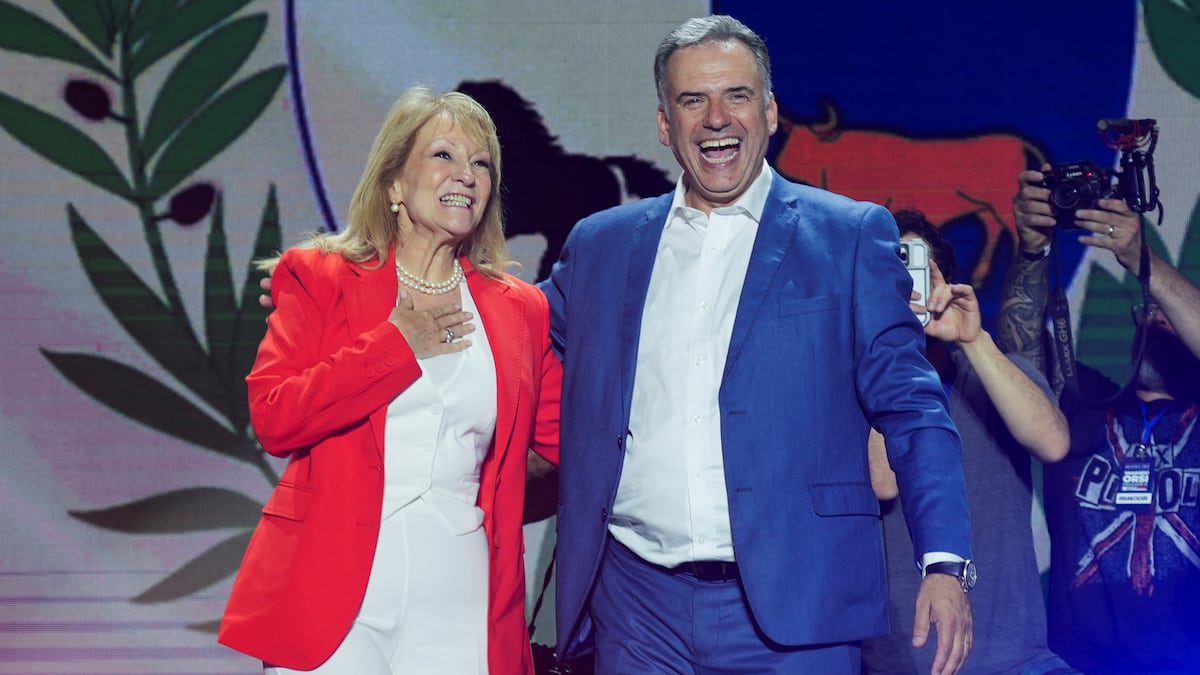
Nico is a 30-year-old American who moved to Pamplona, in the north of Spain, to study. During his interview with EL PAÍS, he prefers that his real name not be revealed. For Nico, sex and romantic love don’t necessarily go hand-in-hand. After coming out in 2019, he gradually adopted a prosexual vision that largely involves relationships between queer men — those whose gender identities or sexual orientation differ from the norm.“Sex isn’t just what we’ve been protecting for centuries through religious and cultural norms, as something meant only for procreation,” he explains over the phone. “Sex isn’t something that should be set aside when we talk about queerness: it’s something central to us.”Heterosexual culture has been marked by monogamy as almost the only acceptable relationship model. But LGBTQ+ peoples have had more freedom when it comes to exploring their emotional bonds. For queer men, sex has been able to serve as a catalyst for community formation. It’s a practice that — due to its visibility and its break with the established order — has been the object of intense social persecution, even today. In the United States, for example, four states prohibited sexual relations between people of the same sex until 2003, under the so-called “sodomy laws.” And, just two years ago, Iran publicly executed two men for engaging in a sexual relationship with each other.Among queer men, the meaning of sex goes beyond the time spent with another person — or other people — in a bed. Or in the bathrooms of a nightclub. Or even outdoors. The importance of sex for the community has a clear historical trajectory. One of the reasons was the repression of homosexuality, says Gabriel J. Martín, a psychologist and author of several books on LGBTQ+ topics. When queer spaces didn’t exist due to institutional criminalization, sex with strangers became a safe way to satisfy desire.“It was preferable that these were anonymous encounters, because — as it was prohibited — if the other person was arrested, at no time could they give you up [to the authorities], because they didn’t know who you were,” Martín writes to EL PAÍS via WhatsApp.In the 1970s, with the emergence of the Gay Liberation Movement, sex laid the foundation for the nascent queer community. Men began to build what would become a social movement forged, in part, through sexual relations.Philip Hammack is a professor of psychology at the University of California. During a phone conversation with EL PAÍS, he explains that the growing number of queer spaces — especially after the Stonewall riots in 1969, in the Greenwich Village neighborhood of New York City — was essential. “All that furtive sex that happened in bathrooms and in hidden spaces could be integrated into real institutions: gay bars, saunas and sex clubs,” Hammack notes. He’s the co-editor of The Story of Sexual Identity: Narrative Perspectives on the Gay and Lesbian Life Course (2009).The HIV epidemic put an end to these prosexual attitudes. While the importance of sex between queer men never disappeared, the social openness of the 1970s was replaced by the rejection of the prosexual vision that characterized that era. “Sex became linked to disease,” says Michael Bronski, a professor at Harvard University and author of A Queer History of the United States (2011). “We spent years trying to figure out how to avoid that and how to separate it completely in our imagination.”Hammock recalls how, in the 15 years from the first cases in 1981 to the approval of antiretroviral treatments, a positive diagnosis meant — in large part — a condemnation. Although condoms and non-penetrative sex greatly reduced the chances of infection, moralistic discourse prevailed: sex and promiscuity took on a sordid meaning. You could try to be gay, but only within the margins of heteronormative respectability.Pre-exposure prophylaxis — known as PrEP — changed everything. The World Health Organization began recommending its use in mid-2014. This treatment, adopted in countries such as the United States and Spain in recent years, prevents HIV infection by 99%. This success has brought non-normative sexual relations back to the center of the LGBTQ+ conversation. Thanks to this extra barrier of protection, queer men “can finally fulfill their desires free from the anxiety of possible death,” Hammack concludes. Sex has recovered its historical place as a relational tool, causing a cultural revolution that has socially legitimized sexual practices beyond the traditional relational model of monogamy.Two members of the Gay Liberation Movement in New York in 1970.Leonard Freed ( Magnum Photo/Contacto)Excluded from the institution of marriage until recently, LGBTQ+ people have explored sexual relationships more freely than their straight counterparts. This is especially the case with women, Bronski says. And these non-monogamous ways of relating are more present in mainstream conversation than ever before. A 2021 study by Chapman University and the Kinsey Institute found that people who identify as gay or bisexual have practiced consensual non-monogamy more frequently than heterosexuals.According to Christopher Stults, a professor at Baruch College, open relationships are, in some cases, the metropolitan queer standard… at least in large American cities. Eric Anderson, a professor at the University of Winchester and author of The Monogamy Gap (2011), believes that the monogamous ideal still marks LGBTQ+ relationships, although it’s an unsustainable utopia in the long term. “Men have more sexual desire than women; they always want more sexual partners,” he explains over the phone. In a two-man couple, he emphasizes, time leads to non-monogamous patterns, even if “they never acknowledge that they’re in an open relationship because of the stigma.”In any case, relationships between gay men don’t seem to be marked by the search for sex with others. According to a study published in 2018 in the scientific journal Archives of Sexual Behavior, 45.3% of queer men who were in a relationship were in a monogamous relationship. Tyrel Starks, a professor of psychology at Hunter College and co-author of the study, says that replacing the monogamous sexual standard with a single alternative reduces the diversity of relational patterns among queer men.“If we declare that monogamy belongs to heterosexuals, in a way, we’re accepting a rather homophobic narrative,” he tells EL PAÍS over the phone. For some queer men, the importance of sex lies in forging community with others or satisfying a sexual appetite, while for others, it’s a way to be intimate with a single partner. Any “rigid normative structure” regarding queer sex “is potentially problematic.”The sexual openness that characterizes queer men implies accepting diversity in the multiple meanings of sex… so long as one’s own terms are clear. “We will continue to explore the possibilities that feelings and sexual desire offer us,” Martín adds. “We’re the advance guard; whatever is happening with [LGBTQ+ people] right now in relation to sexuality will happen with the heterosexual population in two decades.”Sign up for our weekly newsletter to get more English-language news coverage from EL PAÍS USA Edition

How sex cemented (and stigmatized) the gay community | Society
Tiempo de Lectura: 5 Minutos
What’s your Reaction?
0%
Love
0%
Smile
0%
Haha
0%
Sad
0%
Star
0%
Weary
Shares:







